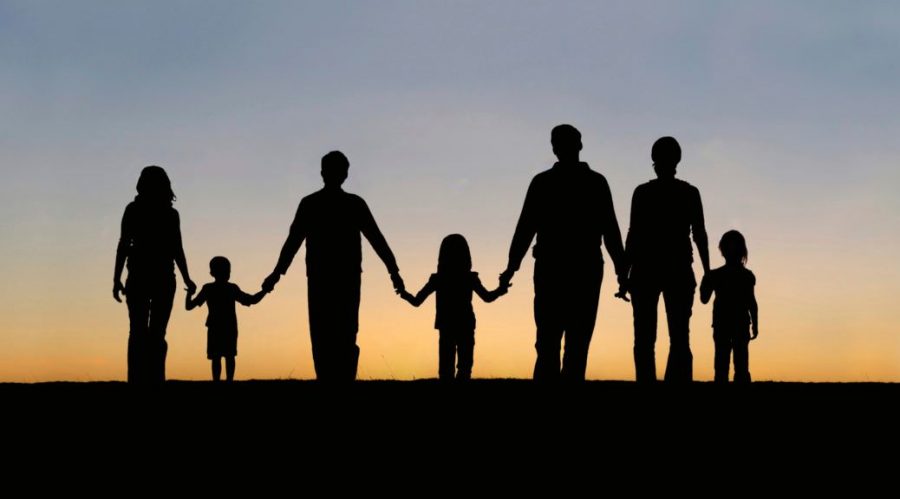Responsibilities of the DFCS System and Foster Care in the United States
September 17, 2021
Foster care is a temporary service provided by states for children who cannot live with their families. The purpose is to provide a safe, stable, and nurturing environment. The DFCS system handles children when their current living conditions are unsafe and they are put into another home with parents approved by the government.
It is proven the number of children in care is continuing to grow each year, leaving the system with more responsibilities. Each child in the system has several things that must be checked up on. All children in the system have a caseworker who oversees what is happening in their case. The case worker also must visit with the child once a month. This proves there is a growing need for DFCS staff because of the increasing number of children in the system.
DFCS has also shown a need for more foster families to provide a safe place for these children to come to. Statistics show there are nearly 420,000 children in foster care each day in the United States. It is also shown in 2019, there were about 218,900 licensed foster families. This number has continued to decrease in the past 2 years. These statistics show there is a great need for families ready to begin the foster care process.
Foster families also have great responsibilities. Research shows these responsibilities include providing a safe home, love, and support. As well, foster families attend to their education, school attendance, and all health needs. They also must stay very connected to the government and the specific people who placed the child in their home. Local foster mom, Vanessa McWhorter says, “Daily responsibilities I have are the physical and emotional care of the child/children in my home. You also have remarkably similar responsibilities of your biological children including, school, meals, extracurricular activities, discipline, and development.” She also states what she must do weekly and monthly including transportation to visits with biological family, meeting with caseworkers, and attending court as needed. Currently, she has one foster daughter in her home and another previous foster daughter she adopted. The girls have a large age gap with each other and her biological children with her oldest being 15 and youngest only being 1. Vanessa later tells us even with the large age gap they all love each other and get along great.
With all these responsibilities balance is needed in your day-to-day lives. Research shows with all of this they can become very easily stressed and overwhelmed. Vanessa says she deals with balance by asking friends and family for help, saying no to things she used to do, find ways to deal with stress, and make a schedule or list to keep track of what needs to be done.
The North American Council on Adoptable Children says qualities of a foster family should include empathy, high tolerance, flexible expectations, and motivation. These qualities are needed because parenting these children is quite different from parenting your own. Foster parent, Josh McWhorter states, “Yes, you must have these qualities. The important thing is you do not know what kind of environment the kids come from. Yes, you get a summary, but you do not know how the environment is perceived through the lens of a child.” He later explains therefore you must have these qualities to be a foster parent.
Foster parents have many rules they must follow while parenting these children. No drastic changes can be made to their appearance, and only certain punishments can be used. Babysitters must be 18 or older and the children cannot stay overnight at somebody’s house who is not approved by DFCS.
Although foster care may seem like a challenging thing, foster families would say at the end of the day the challenges and struggles are worth it.



